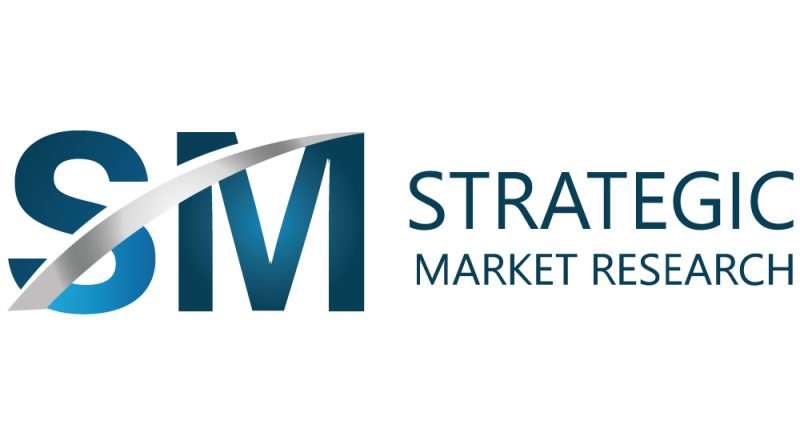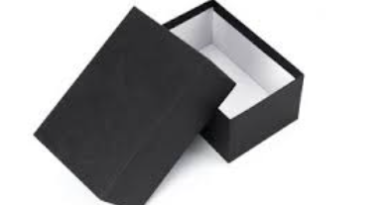In-Depth analysis of carbon black market
When coal, plant matter, coal tar, or petroleum products like fuel oil, ethylene cracking, and fluid catalytic cracking tar are partially burned, carbon black is produced. Carbon black is a type of paracrystalline carbon with a high surface area to volume ratio; however, its surface area is smaller than that of activated carbon. It differs from soot because it contains far fewer polycyclic aromatic hydrocarbons (PAHs) and has a slightly bigger surface area to volume ratio (nil and non-bioavailable).
The market worth of carbon black in 2021 was USD 13.45 billion and will reach USD 21.85 billion by 2030 at a 5.5% CAGR.
Carbon black is used as a filler and coloring additive in tires and other rubber products. Carbon black is a coloring compound and wear-protection component used in plastics, paints, and ink pigment. The two applications of carbon black that account for 70% of its uses are as a tire reinforcement and pigment.
Market Dynamics
Drivers
The rubber industry’s explosive growth is a major driver of market expansion. The consumer goods, electronics, automotive, construction, and rubber industries are all seeing increased demand, fueling the rubber industry’s rapid expansion. Numerous industries heavily rely on rubber materials to produce windows, doors, belts, hoses, air springs, cables, tyres, and gaskets. Rubber compositions almost often contain carbon black as a filler to reinforce and enhance their physical characteristics. Additionally, it supports the volume and vulcanization of rubber.
Restraints
Hazardous gas emissions associated with production impede the development of the carbon black market. The production process emits various hazardous gases, including nitrogen oxide, carbon dioxide, carbon monoxide, sulphur dioxide, and particulate matter, which reduces the demand for the product. These pollutants also impact the environment and human health. Inhaling these gases might cause chest tightness, nausea, dizziness, and headaches.
Opportunities
Plastic product manufacturing is fueled by rising customer demand, which drives market expansion. The main uses of the material are colors, conductive fillers, and particle reinforcers in polymers. It is used as a filler in manufacturing several plastic items, such as pipes, films, stretch wraps, containers for photography, and industrial bags. It is highly sought-after because of its superior strength, thermal conductivity, and antistatic properties. They also absorb UV rays, protecting plastic from fading, chalking, discoloring, and cracking.
Market Segmentation
Type Insights
By 2032, the value of the carbon black market from the furnace black process segment will exceed USD 33 billion. Because it uses readily available raw resources like coal or petroleum oil to create high-temperature gases, furnace black is a great method for mass production. It is used by carbon black manufacturers to cost-effectively create high yields. Additionally, this procedure makes it possible to have more control over aspects like particle size and shape, which promotes product consumption.
Grade Insights
The Standard Grade segment will increase at the greatest CAGR. As industrial applications expand, the standard grade category continues to hold a significant share. Tyres, wires, and cables, standard grade rubber-based products, are widely used in many industrial applications, which has led to dominance. The market for specialty grade is anticipated to rise rapidly due to its expanding use in the plastics and inks & coatings industries.
Application Insights
Based on application, the carbon black market is segmented into tyre, non-tire rubber, inks & coatings, plastics, and others.
During the projection period, the tire segment will increase at the greatest CAGR. Due to the fast growth of the automobile sector, the tire segment will continue to be the largest.
Regional Insights
In 2021, North America held the maximum market position and generated revenue of USD 2.51 billion. The increase in demand for goods, including paints and coatings, molded plastics, wires, and cables, is attributed to the U.S. economy’s recovery and rising commercial and auto manufacturing activities.
Due to the growing packaged food and polymer food sectors, North America has a sizable market for conductive grade specialty carbon black used in food packaging. The United States is the largest car market in the world. Major automakers have shifted production from foreign countries to the United States due to recently discovered domestic cost benefits. The United States has become a leader in the auto industry thanks to its enormous consumer base, welcoming investment laws, accessible infrastructure, highly skilled labor, and government incentives.
Key Players
- Cabot Corporation
- International China Oak Investment Holdings Co., Ltd
- Continental Carbon Company
- Birla Carbon
- Omsk Carbon Group
- Tokai Carbon Co, Ltd.
- Himadri Speciality Chemical Limited.
- Orion Engineered Carbons GmbH
- Atlas Organics Private Limited
- Philips Carbon Black Limited
- Ralson
The market worth of carbon black in 2021 was USD 13.45 billion and will reach USD 21.85 billion by 2030 at a 5.5% CAGR. The growing use of carbon black in the tyre industry, as well as in sectors including building, manufacturing, and printing, is driving the global market. Europe, the US, India, and Japan are also important tyre markets in addition to China.




